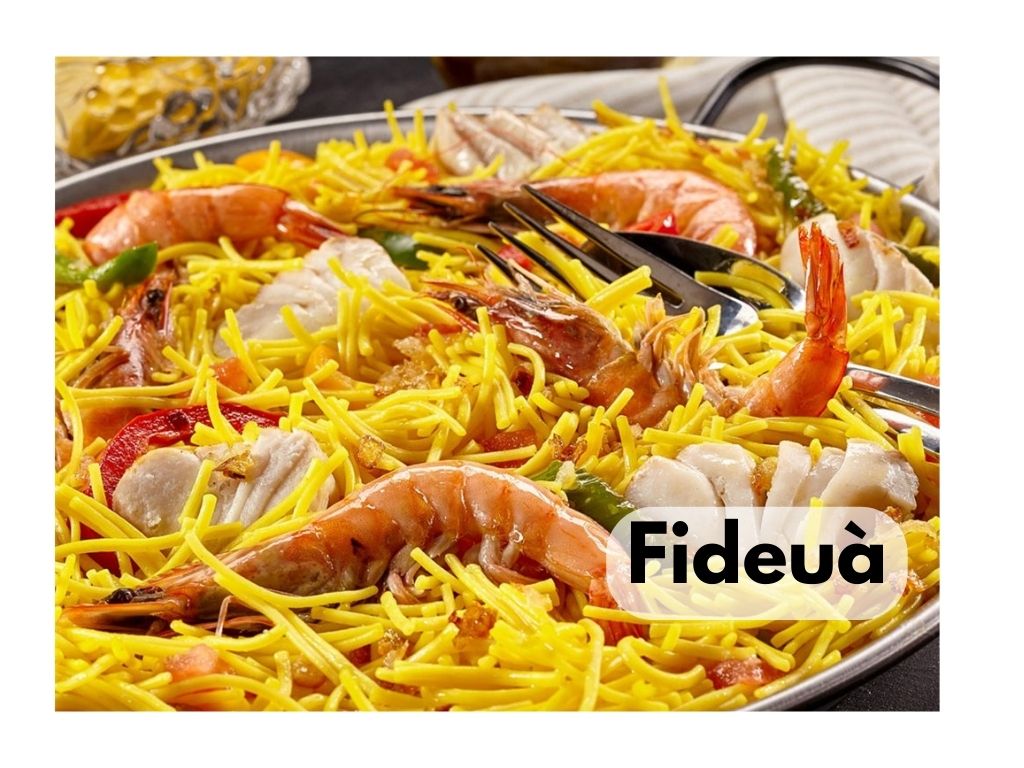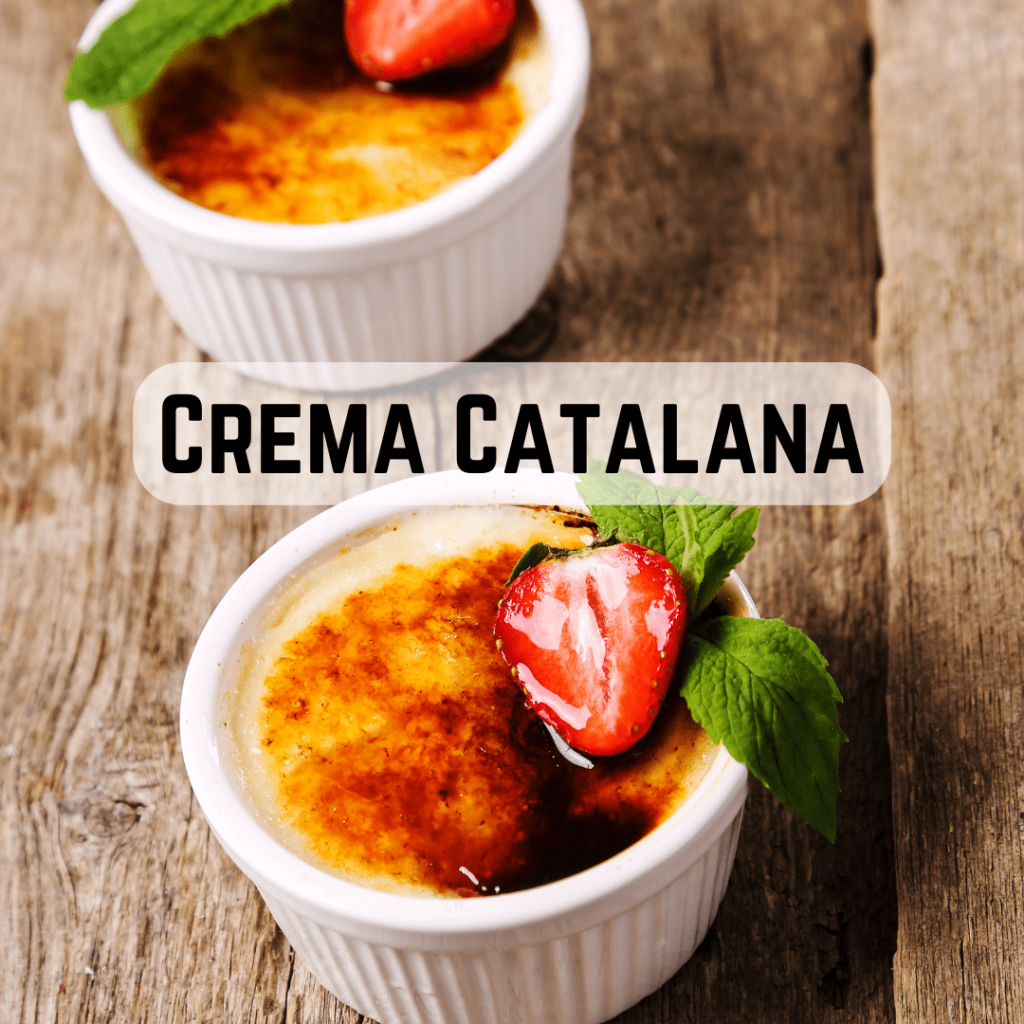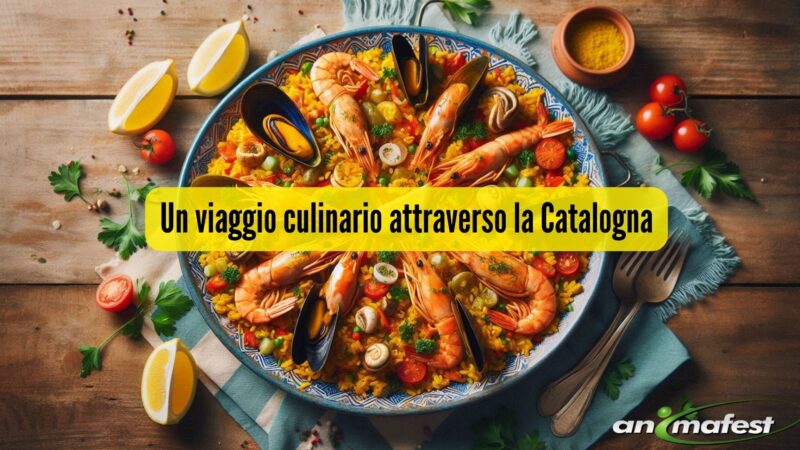Explore Hospitality Internships in Spain with Animafest: A Culinary Journey through Catalonia
Animafest Spain offers hospitality and accommodation related internships in Spain for students and young professionals who are looking for practical exposure. The internships are mainly with lodges, hotels or any other local tourist-related businesses.
Animafest Spain’s internships are outlined and detailed in the following key sections:
Internship types: If you have work experience, we will always find a position in kitchen, restaurant, reception, animation or management.
Internships can last from three months to a year, depending on the agreement and specific program.
Usually they only accept students or recent graduates in degrees related to tourism, hospitality or in food service. Some placements may require specific language skills (e.g. Spanish or English).
Application process: The internship application process usually includes sending a CV and a cover letter, and sometimes phone or video interviews.
Benefits: Most internships provide free lodging, meals and a stipend. However, the particular benefits depend upon the internship position and the host organization.
Non-EU students may need to secure a visa to intern in Spain. Animafest Spain might be able to help you with this process.
For the most precise and immediate information, it is preferable to either visit the website of Animafest Spain, or contact them directly.
If you come to Spain with Animafest and your internship is in Catalonia here’s what you can do: Famous for its strong interwoven culinary identity, Catalonia is an autonomous community located in the north-eastern region of Spain. The cuisine of Catalonia is a blend of traditional, local and global flavours which create a colourful gastronomy. In this essay we shall discuss some of the most delicious savouries and sweets to sum up the Catalan cuisine that a must-try.
Iconic Catalan Dishes

- Escudella i Carn d’Olla
Typically it is a traditional Catalan stew that prevail in most of the temperature warmer months in Catalonia. Basically, they serve it as two parts that is first only broth (escudella) and second the meat and vegetables (carn d’olla) Escudella i Carn d’olla. It is cooked with a variety of meats simmered-treated such as pig, beef, and chicken along with vegetables such as potatoes, carrots cabbage. Then stolen with pasta and boiled rice as per choice. The meats and vegetables star in the first half and then shine in the second half where they are served over rice. Yes, it is a dish but only lightly.
- Suquet de Peix
Suquet de Peix is a hearty soup from Catalunya. This seafood dish, found deep in Catalan haunt around draw to its coast boast it for Catalonian meaning a rich, body sauce. This will be a mix with an assortment of seafood including the Monkfish, prawns, mussels, etc. The sauce contains garlic, tomatoes, onions and potatoes plus it’s made with fish broth and flavored with paprika and saffron, giving it its unique crimson color and strong, herbal taste. It is often continued cooking in the oven, allowing the noodles to soak up the broth and form a crispy coating on top.
- Esqueixada
Esqueixada is a salad that is perfect for the warmer months. It consists of shredded salt cod combined with tomatoes, onions, red and green peppers, and olives. Together they are dressed in olive oil and vinegar such as these making it a tasty enjoyable salad. The corn is not only mouth watering but also a culmination to the Catalan tradition of preserving fish through the use of salt a process that is quite ancient.
- Fideuà
This is a type of seafood pasta that shares a lot of the same methods and flavors as a paella but with short noodles essentially instead of rice. Originating from the coastal town of Gandia, this dish has since become a favorite throughout Catalonia. Fideuà is generally composed of seafood (such as squid, shrimp, clams) combined in a flavor-packed fish broth. The use of crispy-chewy noodles, the way the seafood remains juicy and the sauce soaks into them, the rice far too tooth friendly and cherry tomato halves here and there to sweeten it up and make you feel virtuous about your vegetable intake.
- Calçots with Romesco Sauce
Calçots, which are the winter onions that harvested in winter and early spring. The calçots are charred on an open flame and served with romesco sauce then dipped into it. Romesco sauce is a nutty red pepper-base sauce with almonds, hazelnut, garlic, and olive oil. Always a popular tapas dish, the charred calçots are soft to peel off from the skin to dip into the sauce and enjoy.
Catalan Sweet Dishes

- Crema Catalana
It is a rich custard made with milk, eggs, sugar, and flavored with lemon and cinnamon. It is sprinkled generously over the top before baking and gives a light, sweet, tangy flavor to the dessert. It is a French-inspired dessert that has a unique touch with citrus and subtly sweet touch of the addition of cinnamon.
- Panellets
They are made from marzipan with almonds and sugar mostly not the original and now some egg for mellowing and often coated with a touch of pine nut. Other categories include them with coconut chocolate or coffee impressed inside. This treat not only tastes good, but is a part of the Catalan traditions in autumn cuisine.
- Mel i Mató
This is a delightful and simple Catalan dessert fresh mató taking just a spoon of honey on top. Mel i Mató is a simple, honey-drenched dessert that consists of fresh mató cheese. Mató melts well, has a nice texture slightly sweet from the goat or cow milk, which is a great way to balance the sweetness of the honey. It is really an understated dessert that reflects the Catalan attitude; simple food made from pristine ingredients that harmonize into a perfect bite.
- Tortell de Reis
Rosca de Reyes, or Tortell de Reis. In Italian, it is called — SyRosca de Reyes’. That is a sense the end of the year and the end of holidays, then for the diaSy de Reyes? Theft is gaining some popularity, as a gift for loved ones. The cake if it is done properly has to have its exterior shiny and brushed with a touch of sugar glaze. It contains a small motive figure or plastic king inside, and the procedure for eating is to find it in the dessert. Yeah, you guessed it — this means you get to be lauded as the fortunate person, and required to come back the following years and then serve up the gaune du Solei Harmenior — S hidden inside the following Rosca.
- Catanies
This is a special kind of Catalan sweet which is made of almond sesame covered in soft (liquid) caramel and coated with cocoa powder. Originating from Vilafranca del Penedès, these small sweets are popular all over Catalonia. The almond are fine and crispy the caramel extremely sweet and the cocoa is oily bitter – the perfect combination for the breakfast croissant and their friends!








